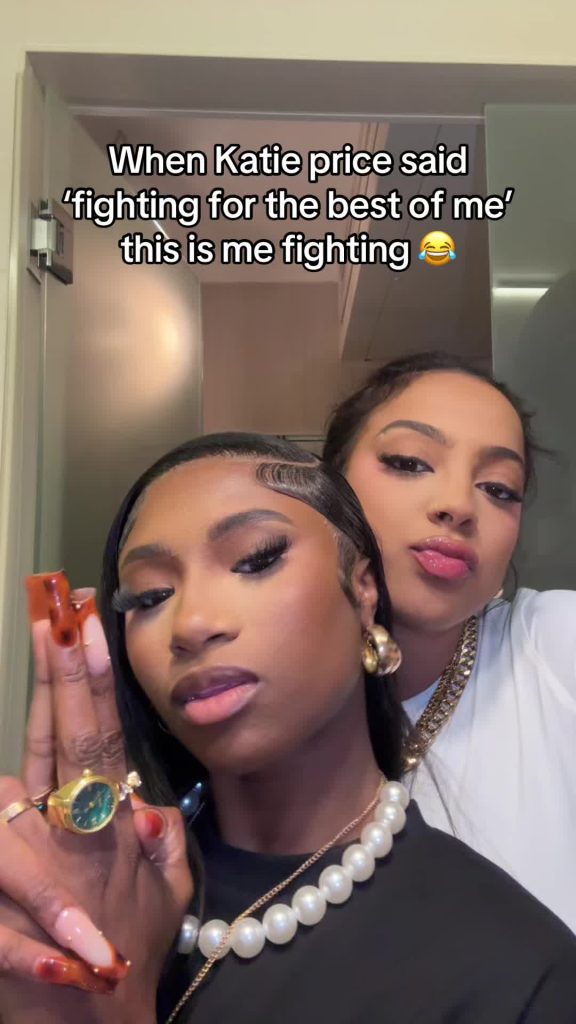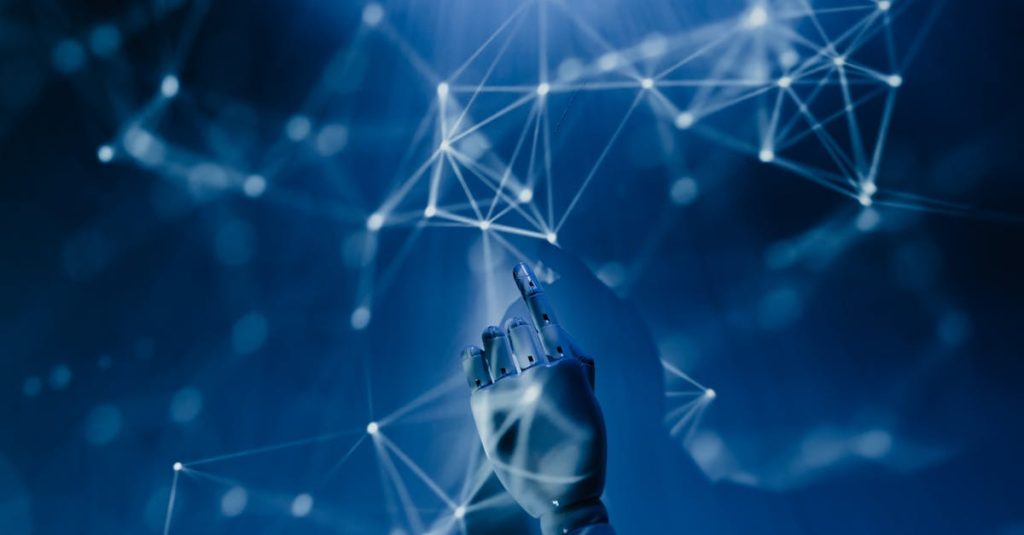When Katie Price dropped “Best of Me” in 2025, it quickly became a talking point. Featuring rappers Lady Ice and Shaye, the track is an unapologetic anthem of self-worth and resilience. For me, it’s a fascinating case study in modern pop production and a perfect springboard to discuss how anyone can now create music with AI.

The Story Behind “Best of Me”
At its core, “Best of Me” is a declaration. It’s about shaking off negativity and reclaiming your power. The collaboration with Lady Ice and Shaye adds layers of attitude and perspective, turning it from a simple pop song into a multi-vocal statement. The lyrics are direct, leaving little room for misinterpretation.
“You can’t take the best of me / I’m gonna be all I can be / You can’t take the best of me / ‘Cause I’m not your property.”
This chorus is the song’s anchor, a powerful and repetitive mantra. It was released during a period of intense public scrutiny for Katie Price, making the song’s message feel deeply personal and authentic. It’s a classic example of an artist channeling their real-life narrative into their music, creating something relatable for anyone who has ever felt underestimated.
What is the Musical Style and Production of “Best of Me”?
As a producer, the first thing that struck me about “Best of Me” is its blend of genres. It’s rooted in UK Garage and 2-step, but with a modern pop finish that makes it accessible to a wider audience. Let’s break down the production elements that make this track work.

Instrumentation and Arrangement
The track is built on a foundation of classic UK Garage elements: a syncopated, skippy drum beat, a deep, rolling bassline, and shimmering synth pads. The arrangement is clean and effective, following a standard pop structure but with instrumental breaks that allow the garage beat to shine. The contrast between Katie Price’s melodic singing, Lady Ice’s sharp rap flow, and Shaye’s smooth contributions creates a dynamic journey for the listener.
| Song Section | Key Elements | Production Notes |
|---|---|---|
| Intro | Filtered synth pads, vocal sample | Creates an atmospheric opening, building anticipation before the beat drops. |
| Verse 1 (Katie Price) | Main drum loop, sub-bass, simple chord progression | The production is sparse, allowing the vocals to take center stage. |
| Chorus | Layered vocals, fuller synth arrangement, hi-hats become more prominent | The energy lifts significantly, making the chorus catchy and memorable. |
| Verse 2 (Lady Ice) | Beat and bass remain, but synths are pulled back | This creates space for the rap verse, a common technique in hip-hop and pop collaborations. |
| Bridge | Pads return, beat might be filtered or simplified | Provides a moment of reflection before the final, high-energy chorus. |
| Outro | Beat and a fading vocal hook | The track resolves cleanly, often leaving a single element to fade out. |

Vocal Production
The vocal production on “Best of Me” is polished and modern. There’s a clear use of pitch correction, which is standard in today’s pop music, ensuring the melodies are tight and precise. The vocals are layered, especially in the chorus, to create a fuller, more anthemic sound. Reverb and delay are used tastefully to give the vocals space and depth within the mix, helping them sit perfectly on top of the energetic beat. This is a great example of how vocal processing can enhance the emotional impact of a song.
What is the Meaning Behind the “Best of Me” Lyrics?
The Best of Me lyrics are a powerful exploration of self-empowerment, identity, and resilience. The song’s narrative is one of breaking free from a toxic influence—be it a person, the media, or public opinion—and refusing to let it define you.
- Narrative: The song tells a story of transformation. It moves from a place of being controlled (“not your property”) to one of self-determination (“gonna be all I can be”). This journey is a central theme in many empowerment anthems.
- Symbolism: The phrase “the best of me” acts as a symbol for one’s core identity, spirit, and potential. The antagonist in the song is trying to “take” this, but the singers declare it’s not for the taking. This makes the song’s meaning universal.
- Emotion: The primary emotion is defiance, but it’s tinged with the pain of past struggles. Lady Ice’s verse, in particular, adds a layer of raw, unfiltered anger and confidence, which contrasts with the more melodic and hopeful tone of the chorus. This emotional range is what gives the song its depth.
For me, the collaboration is key to the lyrics meaning. It’s not just one person’s story; it’s a shared experience of standing strong, which amplifies the message and makes it resonate with a broader audience.
Inspired by “Best of Me”? The great news is that you no longer need a full studio to create a track with a similar vibe. Using an AI music generator like Mureka, you can bring your ideas to life. I’ve experimented with this myself, and the process is both intuitive and powerful.
Here’s a simplified workflow to create music with AI that captures the essence of this UK Garage-pop style:
- Set the Foundation with a Prompt: Start by giving the AI a clear direction. In Mureka, you could use a prompt like: “UK Garage, 2-step beat, 130 BPM, empowering female vocal, deep sub-bass, shimmering synth pads, pop song structure.” This gives the AI the core ingredients.
- Generate and Refine the Instrumental: Mureka will generate a full instrumental based on your prompt. You can then regenerate parts you don’t like or use the editor to tweak the arrangement. Maybe you want the bassline to be more prominent in the verse or the synths to be brighter in the chorus.
- Add Vocals: This is where it gets really exciting. You can write your own lyrics and use Mureka’s text-to-singing feature to generate a vocal melody. With the Pro plan, you can even use your own voice (or just hum a tune) as a reference for the AI to build upon, or use the voice cloning feature to create a unique vocal identity.
- Final Touches: Once you have your core elements, you can download the stems (instrumental parts) and import them into any DAW for final mixing and mastering, or just use the high-quality download from Mureka.
| Aspect | Traditional Production | AI-Assisted Production (with Mureka) |
|---|---|---|
| Beat Creation | Requires knowledge of drum programming, sampling, and synthesis. Can take hours. | Generated in seconds from a text prompt. Easily customizable. |
| Melody/Chords | Requires music theory knowledge and instrumental skill. | AI can suggest progressions and melodies, overcoming creative blocks. |
| Vocals | Requires a vocalist, microphone, and recording space. | Generate vocals from text or use your own voice as a reference. |
| Cost & Time | High cost for studio time, session musicians, and producers. Weeks or months. | Low monthly subscription. Create a full track in an afternoon. |

Expanding the Conversation: The Rise of AI in Music
The creation of a song like “Best of Me” involves a team of talented humans. But what does the future hold as AI becomes more integrated into the creative process? This isn’t about replacing artists; it’s about augmenting their abilities.
AI Music Trends to Watch
The world of AI songwriting is evolving at a breakneck pace. We’re moving beyond simple loop generation to full-blown compositional assistance. As I’ve explored in-depth in my look at AI generated music examples, the technology is becoming more nuanced. AI can now generate music with emotional arcs, stylistic consistency, and even surprising “creative” choices. This is made possible by advancements in generative models like transformers and diffusion models, which are trained on vast datasets of music. For a deeper dive, I recommend checking out research from institutions like Google’s Magenta project or OpenAI’s Jukebox, which have published extensively on the topic. .

How Does AI Actually “Create” Music?
It’s not magic, it’s machine learning. An artificial intelligence song maker works by:
- Learning Patterns: The AI analyzes thousands of songs to understand the “rules” of a genre—what chords go together, what rhythms are common, how melodies are structured.
- Probabilistic Generation: When you give it a prompt, it doesn’t “think” like a human. Instead, it calculates the most probable next note, chord, or drum hit based on the patterns it has learned.
- User-Guided Refinement: The real magic happens when a human creator guides the process. Your prompts, edits, and selections steer the AI toward a desired outcome, making it a true collaborative partner.
Conclusion: Your Music, Amplified
A track like “Best of Me” by Katie Price, Lady Ice & Shaye is a product of human experience, emotion, and collaboration. It’s a powerful anthem that resonates because of its authenticity. While AI may not replicate that human experience, it offers an incredibly powerful toolkit to help you express your own.
Platforms like Mureka are democratizing music creation, breaking down technical and financial barriers. Whether you’re a seasoned producer looking for a spark of inspiration or a complete beginner wanting to create music online, the tools are here. You can take the defiant energy of “Best of Me,” filter it through your own story, and create something entirely new. What story will you tell?
Frequently Asked Questions (FAQ)
1. What is the main message of “Best of Me”?
The main message of the Best of Me lyrics is about empowerment, self-worth, and resilience. It’s an anthem about not letting anyone take away your inner strength or define who you are, with a powerful chorus stating, “You can’t take the best of me / ‘Cause I’m not your property.”
2. What genre is “Best of Me” by Katie Price?
The song is primarily a blend of UK Garage and modern Pop. It features the characteristic syncopated 2-step drum patterns of UK Garage combined with catchy pop melodies and a polished production style.
3. How much does Mureka cost?
Mureka offers several plans. The Basic Music & Speech plan is $8 per month (billed annually at $96), offering 400 songs/month. The Pro plan is $24 per month (billed annually at $288) and includes 1,600 songs/month, WAV downloads, stem separation, and advanced features like voice cloning. (Data from Mureka, 2025-11-04).
4. Can I use music I create with Mureka for commercial purposes?
Yes, both the Basic and Pro plans on Mureka come with a commercial license. This allows you to use the music you create in your projects, such as videos, podcasts, or advertisements, without worrying about royalties. Always check the platform’s latest terms of service for full details.
5. What makes AI music creation a good option for beginners?
AI music creation tools like Mureka lower the barrier to entry. You don’t need extensive music theory knowledge or expensive equipment. By using simple text prompts, you can generate high-quality instrumentals and melodies, allowing you to focus on the creative and storytelling aspects of your song.
This report is for informational and educational purposes only.
The views and interpretations expressed are those of the author and do not necessarily reflect the official stance of the artists or record labels.
All information regarding platform features and pricing is subject to change and should be verified on the official Mureka website.


